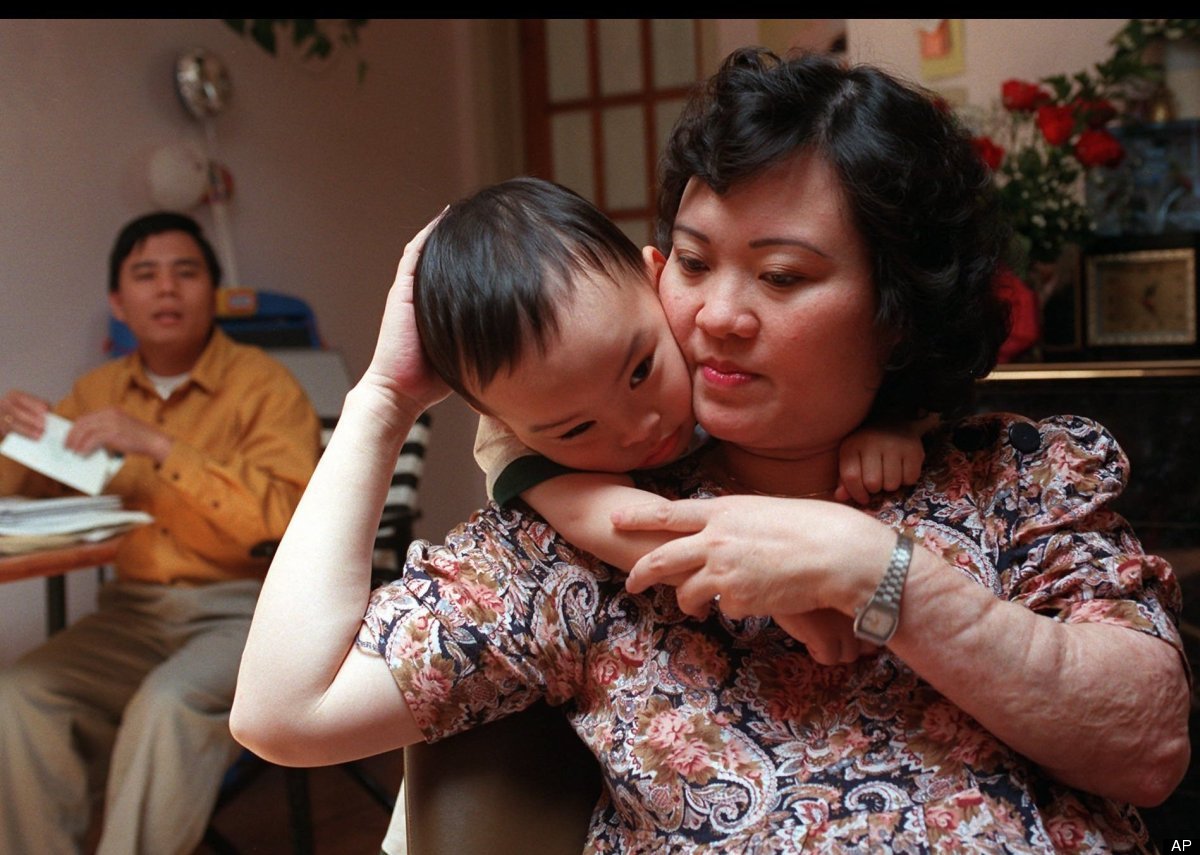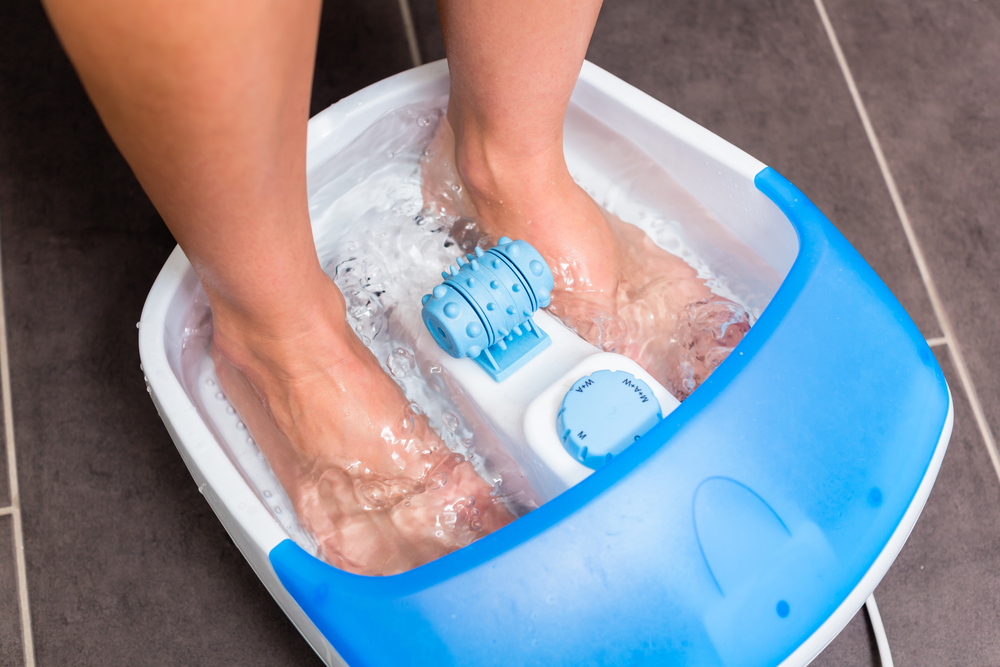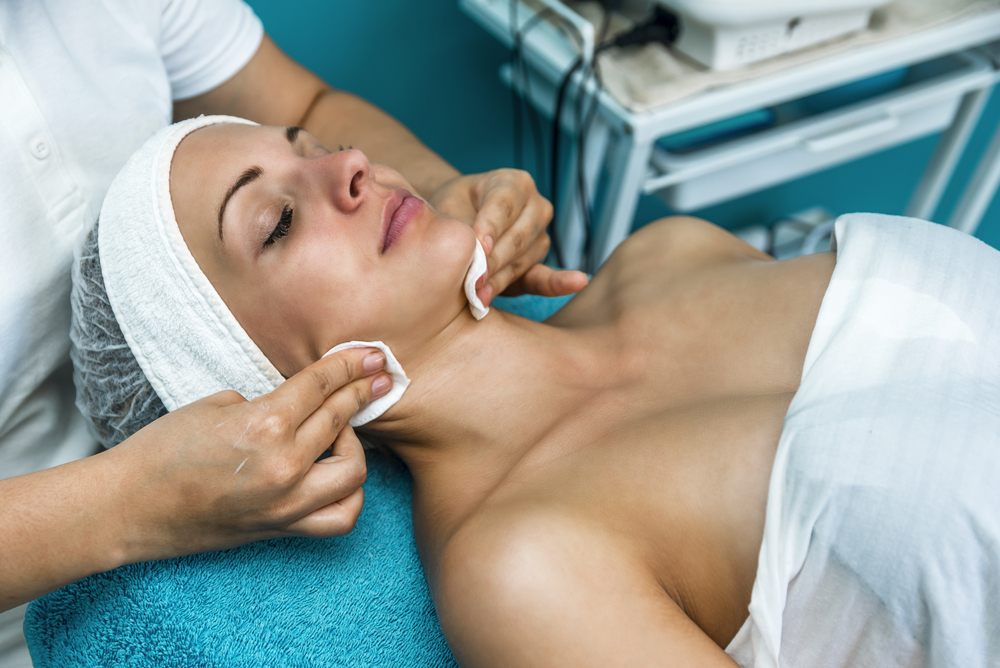New scar treatments helped Kim Phuc heal, both physically and emotionally. We spoke with six professionals to learn more about these recent medical advances.
Searing hot napalm falling from the air, burning a naked 9-year-old Vietnamese girl running from her village, as captured in Nick Ut’s Pulitzer prize winning photograph from June 8, 1972 – Kim Phuc miraculously survived this bombing, only to be left with horrific scars covering most of her body, forever serving as reminders of the nightmare she lived through.
Now 52, Phuc recently completed a series of laser treatments with doctor Jill Waibel of the Miami Dermatology and Laser Institute that has smoothed and softened the thick, scar tissue the napalm left her with. The lingering pain caused by damaged nerve endings now somewhat alleviated, Phuc says she can finally “feel the touch of her grandchildren”.
Dr. Waibel had been using combined multiple lasers techniques to treat scars for almost a decade when her father-in-law met Phuc through their church and suggested the two women connect. With Waibel’s help, Phuc has begun to put the scars of her troubled past behind her once and for all.
While not everyone’s circumstances are quite as drastic as Phuc’s, living with both the emotional and physical trauma of a scar can be challenging. Not only are there aesthetic considerations to contend with, but some scars are painful and leave lingering memories of negative past experiences.
With today’s technologies, however, there is a plethora of options for affected individuals to help minimize and conceal their scars external appearance, or even completely remove them.
Though a scar is the body’s natural way of healing and replacing lost or damaged skin resulting from infections, surgery, injuries, or inflammation of tissue, these new innovations are helping to defy nature’s process. According to the professionals at Johns Hopkins School of Medicine, these are the factors you should consider when deciding the best course of action to take when dealing with scarring:
- Your age, general health, and medical history
- Severity of the scar
- Type and location of the scar
- Your tolerance for specific medications, procedures, or therapies
- Expectations for the course of the condition
- Your opinion or preference
I recently spoke with a series of six professionals to learn more about the latest medical advances addressing the removal of scars. These are a few of the solutions they recommend.

Dr. Robert Nettles: SkinQD Skin Care Treatments
15 years ago,after a motorcycle accident left him with horrible facial scarring and a broken cheek, Dr. Nettles was left to confront the possibility of undergoing numerous surgeries he already knew would never provide him with successful results.
Turning hopelessness into inspiration, the Beverly Hills doctor instead invented a non-surgical facial reconstruction treatment and a formula he labeled SkinQD. A cosmetic and hair transplant surgeon at the time of his accident, all of Dr. Nettles treatments are now surgery free, while at the same time providing much better outcomes for his patients.
A pioneer of the non-surgical nose job and facial reconstruction, Dr. Nettles is always concerned about his patients’ scars, happy he’s able to help them benefit from his medical creation as well.
The main active ingredient of his SkinQD formula is called Helix Aspersa, the same enzyme snails use to regenerate cells and body parts after they’ve been cut off or damaged. Another active ingredient is Allantoin, which has repeatedly been proven to regenerate human skin cells while helping to slough away dead skin, encouraging upper skin layers to detach from the newly forming cells.
Allantoin also has an antioxidant effect, and when applied to healing skin it can reduce inflammation, prevent irritation, and protect the new, sensitive skin being formed. This is an ingredient often found in high-end skin care lines, but in much lower concentrations. Nettles’ SkinQD has an amazing healing ability to address scarring resulting from major surgeries like cesarean births and breast implants, as well as help patients with smaller scars resulting from finger cuts and acne.
Dr. Gilbert Lee: Silicone Treatments, Low Dose Radiation, and Steroid Injections
Dr. Gilbert Lee of Changes Plastic Surgery in San Diego explains how “the vast majority of scars heal in a cosmetically acceptable manner. However, when the scarring process is too vigorous, the over-healing process results in a hypertrophic scar or keloid – raised, rubbery, usually firm growths that overtake the wound and continue to develop beyond its boundaries.”
Dr. Lee recommends a variety of techniques, including silicone sheeting or semi-occlusive silicone-based topical gels. This is usually his first line solution because “clinical studies have scientifically shown that silicone products reduce inflammation associated with scar formation”.
If his patient needs stronger treatment, “low dose radiation therapy has proven beneficial in decreasing the activity of cells that form scar tissue.” Lee suggests this is the best course of action for those with recurrent or particularly dramatic keloids. Another, less drastic, option he suggests is injecting a steroid (Kenalog) directly into the scar formation. This helps soften tissue, reduce inflammation and minimize the chance of hypertrophic scarring. Only small amounts are injected at a time but repeated treatments may be necessary.
Dr. Vartan Mardirossian: Dermabrasion, Scar Excision
Dr. Vartan Mardirossian of Jupiter, Florida treats patients for scars caused by trauma, bites and lacerations. Mardirossian notes that scar prevention can begin in the operating room through the “meticulous closure of an incision with a diligent removal of debris and nonviable tissue”.
When this is done, after 6 months most scars are ready to be corrected. Depending on each patient’s individual situation, Mardirossian may suggest dermabrasion, a treatment where a topical anesthesia is first applied to the skin before a “careful removal of the superficial layer of epidermis” is performed, hopefully smoothening any raised portions of skin.
Another option is an excision of the scar. As Mardirossian explains, “straight scar lines are often more noticeable because long straight lines are not typical on the face and body. In this sense, the human eye cannot perceive lines on the face that are longer than 5 mm.”
This treatment breaks the scar into single segments, each one shorter than 5 mm, so that upon full healing of the incision the scar is camouflaged, blending in with the surrounding skin.
Dr. John Kim and Juana Shin: Medical Tattooing
Dr. John Kim and esthetician Juana Shin offer medical tattooing to many breast cancer patients at Northwestern Memorial Hospital in Chicago. Any type of scaring from reconstructive surgery can leave the skin with “hypo pigmented scars, which remain white because the melatonin will never come back”, explains Shin.
After Dr. Kim operates, Shin then uses a semi-permanent technique with a 9 gauge needle on her patients scars that needs to be re-colored as often as every 3-6 months, or 1-2 years once fading occurs.
To help hospital weary patients battling cancer who want to avoid having to come back for repeat procedures, Shin is attending Penn State this winter to learn how to use the more permanent 24-48 gauge needle technique. This new approach enables patients to get tattooing closer to their own coloring which permanently stays intact, sparing them the burden of repeated visits to the office.
Dr. Jeffrey H. Donaldson: Medical Grade Skincare Lines, Microneedling, Fillers, and Lasers
Dr. Jeffrey H. Donaldson of Columbus, Ohio offers Epionce, Environ, SkinMedica, and Elta MD sun protection as a first line of care for scars. “These medical grade skincare lines help fight aging, combat acne, and correct pigment while reducing the appearance and redness of scars”, explains Donaldson.
Another option he suggests is a minimally-invasive procedure that improves skin tone and quality called microneedling. Dr. Donaldson explains how with this treatment his estheticians use a small probe to “deliver a precise series of pulses to the affected area. This triggers the release of natural growth factors and stimulates new collagen and elastin.” In response to this process, the skin plumps and thickens, not only reducing the appearance of scars, but also fine lines and wrinkles.
An optional multi-use solution involves employing various dermal fillers to help disguise scars resulting from injury, or for that matter, even past acne breakouts. Injections of Juvederm, Restylane, Vobella, Voluma and other dermal fillers can help restore volume.
As a stronger option, Dr. Donaldson recommends a Halo laser combined with separate BBL treatments to treat pigmented skin, scars, and acne. This hybrid fractional laser combines non-ablative and ablative wavelengths, and when combined with a BBL treatment will provide outstanding results. Broadband Light (BBL) is a “new, cutting-edge technology that addresses a wide spectrum of skin issues”, explains Donaldson.
Dr. Anna Petropoulos: Fractora and Defenage
Dr. Anna Petropoulos of Danvers, Massachusetts, recommends Fractora treatments in combination with the Defenage skin care regimen. Different from lasers, Fractora combines fractional radiofrequency with microneedling to stimulate collagen growth for skin restoration and rejuvenation. Dr. Petropoulos relishes this procedure as a non-invasive option that requires no recovery time while adding that “the only possible side effects are redness and swelling, which lasts no longer than a day or two.”
Oddly enough, with this treatment patients often witness even better results after 6 months, as Fractora encourages skin cell production and remodeling on a gradual basis.
“Patients will enjoy even faster and better results when combining Fractora with Defenage, the newest invention in skincare industry”, explains Petropoulos. Defenage is a 4 generation stem cell cosmeceutical skincare product that specifically reproduces healthy cells for the wound healing process. Dr. Petropoulos proudly states that “my patients were able to say goodbye to scarring with Fractora and Defenage.”
This effective, state-of-the-art procedure tightens and re-texturizes skin to address fine lines, wrinkles, large pores, discolorations, and acne scars, leading to overall facial rejuvenation. Petropoulos explains that “eliminating excess pigmentation stimulates collagen growth as well as skin tightening, therefore Fractora successfully removes scar tissues and replaces them with young, new skin cells.”










